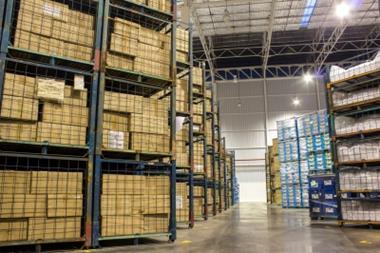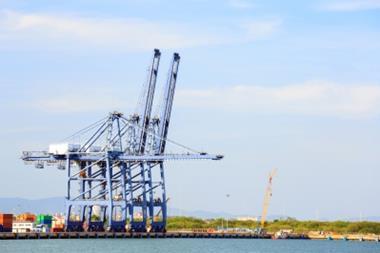The cost of moving a company’s goods across the world is getting cheaper each day, but that doesn’t mean it is risk-free. Often the more complicated the route, the more exposed your company could be to the risk of supply chain disruption
Modern businesses are on the move as never before. Complex global supply chains stretching down to third, fourth, even fifth-tier suppliers are normal practice for many firms as globalisation offers cheaper products in ever further-flung corners of the world.
This transport boom is being accelerated by the fact that it is getting cheaper and cheaper to ship goods worldwide.
In 2006, Young’s Seafood hit the headlines when news leaked of the firm’s plan to ship British-caught prawns on a 12,000-mile round trip to Thailand to take advantage of low-cost labour to process the shellfish.
An extreme example, perhaps, but it is difficult to argue with the hard facts of globalisation. According to the Council of Supply Chain Management Professionals, in 1980 logistics represented 17.9% of US GDP. Today, it is 7.7%.
Logistics costs in Europe are even lower at, on average, 7.15% of European GDP.
But just because companies can move goods cheaply over huge distances, this does not necessarily mean that they should.
The longer and more complicated the route that your goods take to market, the more your company is exposed to the risk of disruption.
A 2012 survey by the Business Continuity Institute revealed 73% of respondents had been hit by at least one supply chain interruption, with the average being five, while 59% cited loss of productivity as the major impact of a disruption, up from 49% in 2011.
Across all indicators, interviewees reported greater experiences of these impacts, with an average of three distinctive consequences for each event.
Since 2009 a string of nat cat events – including a tsunami in Japan and flooding in Thailand – have together served as a wake-up call to companies as they caused widespread and costly business interruption across many sectors as key suppliers were knocked offline for days, weeks and even months.
This occurrence was something that all too often came as a total surprise to risk managers.
“There are things that have not being considered in the past that need to be considered now,” says Tom Teixeira, practice leader of integrated risk management at Willis.
“Irrespective of the sector one of the key risks faced by companies is the loss of key suppliers, and the resulting business interruption and additional costs of working.”
The problem is, that in the modern world it can be hard for a company to actually work out where its logistics chain leads and who its key suppliers are. “Traditionally, because of the type of IT systems that are used for their procurement process, many companies used to base their assessment of a critical supplier on the amount of annual spend they had with that supplier,” says Teixeira.
“The more they spent, the more critical the supplier was to them. But the recent catastrophes in Thailand and Japan, and Hurricane Sandy have shown that that is not necessarily the case. A lot of companies, particularly technology and manufacturing companies, overlook the fact that there might be a key supplier that is small in size but critical to their operation.
“Add to that the fact that many companies are now keeping buffer stocks to a minimum to cut costs – and in the event of a disruption, those supplies soon run out. Then what?”




















No comments yet